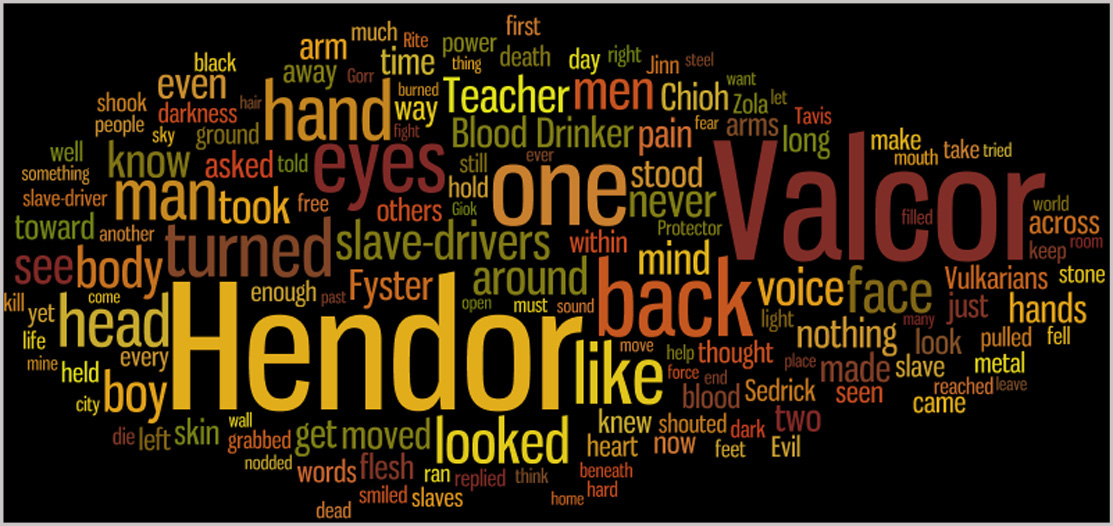The Neurobiology of Love
Historically, humans have been thought to be distinguished from other animals by love, a particular form of social attachment, for which we often live and die for. Until recently, the word love has been primarily reserved to the realm of poets, philosophers and more recently psychologists.
In honor of the “Love is in the Air” theme at Writers on the Brink (WOTB), a website of authors which I occasionally write for, I am going to talk about one of my keen interests today, the neurobiology of love.
Recent decades of animal research has implicated two neurohormones, oxytocin and vasopressin, in the central mediation of social attachment. Studies on these two neurohormones has led to a theory that suggests the mechanisms that control craving, addiction and pleasure, including natural stimuli (food, water and sex) as well as drugs of abuse, are the same or very similar to those which control the formation and maintenance of social attachments. Hence, social attachments may be mediated and maintained through a sophisticated process of craving and reward. Oxytocin and vasopressin do so through interactions between the mesolimbic dopamine system and the endogenous opioids.
The mesolimbic dopamine system has been shown to regulate biological drives and motivation, as well as mediate incentive and reinforcing properties of natural and/or unnatural stimuli. The endogenous opioids are substances produced by both the brain and the periphery (the area in which nerves end), and are responsible for activating neural systems that produce analgesia (pain suppression) as well as mediating the experience of pleasure. Drugs such as opium, morphine and heroin act as endogenous opioid agonists, that is, they bind to the same receptors that the endogenous opioids bind to and facilitate similar effects.
Human studies have focused primarily on imaging techniques. Scans using fMRI have found several areas of the brain in adults activated by pictures of those they love deeply. These areas, which included the medial insula, the anterior cingulate gyrus or cortex, the caudate nucleus and the putamen, differed from previous studies of other emotions, but were remarkably similar to many of the areas activated during cocaine and opioid agonist-induced euphoria. Furthermore, these studies showed a decrease in activity in the amygdala, which is associated with the phenomenon of craving. In addition, a study on mothers who listened to infant cries, showed similar activity of the anterior cingulate cortex. This brain region is one of the projection areas from the mesolimbic dopamine system, and in mammals has been shown to be closely associated with social attachment behaviors.
So what does this all mean and why should we as writers care? If drugs of abuse use some of the same neural pathways as social attachment, then this could lead to a profound change in the way we not only perceive but treat substance abusers.
The social attachments that bring us joy and pleasure, along with the alleviation of pain, anxiety and fear, may be inadequate or missing in those who abuse drugs. Thus for many people, drugs may become a poor substitute for important social attachments. People often go to great lengths to preserve love. Maybe that is why meth, cocaine, or heroin addicts may lie, steal, and even kill to do the same.
As a writer, these are some interesting and compelling things to consider. The neurobiology of love may be more than just fodder for science fiction writers who wish to tinker with hormones and neurotransmitters. Love, euphoria, pain, craving, addiction, these things affect our lives everyday, and often come to define us as humans. Understanding these emotions and conveying their complexities and intricacies to our readers is paramount.






Another brilliant insight that too few authors delve into, especially in fiction. The actual scientific chemistry of love.
The two species of vampires in my novel on occasion find themselves highly attracted to individuals of the other species.
Alien vampire M has a human vampire boyfriend. D had a vivid nightmare about his wife L having alien vampire G as her secret lover.
I have a subtext that the sexually-associated bodily fluids from human vampires have biologically addictive properties (of varying strength in different individuals’ interaction) to the alien vampires.
My post “Vampire Love: Thinking Outside The Coffin” will debut on WOTB the day after your post :^)
1That’s pretty interesting, Daven. So the act of sex itself is like taking a hit of heroin, instantly pleasurable and addictive. There could be a whole black market where they sell sex-juice drugs.
Cool, I shall forward to your insights on vampire love and your Twilight bashing.
2Interesting. So about those animals they used–do you know if they’ve decided some animals experience “love,” also? And which ones? I’d be curious to know.
3Love is not uniquely human, although humans may arguably develop the most complex and intense form of love. Nevertheless, love is a term generally reserved to humans and instead social attachment is its analogue in mammals and birds.
The animal most commonly studied in social attachment are prairie voles, a mouse-sized rodent that manifests classic features of monogamy. Prairie voles are highly social creatures that form enduring, lifelong bonds with a mate. The males not only act as parental figures but also show extreme aggression toward strangers of either sex in defense of their territory, nest and their mate. Both males and females show intense parental care, and even newborn infants when separated from parents emit distress calls and secrete corticosterone, the major stress hormone. This is arguably our analogue to love.
If interested, I’ll post a link to one of the papers I wrote that covers this subject in much greater detail.
4Fascinating! Your last paragraph about the writing possibilities made me think in terms of Dr. Jekyll & Mr. Hyde meets Harlequin Romance–the ultimate, highly educated, evil stalker gets the girl of his dreams with the help of sinister science.
And is that dolphin rumor true? Are they the only other mammals who have sex for fun? I know we’re dealing with the science behind LOVE, but hey…
5Mindy, yes it’s believed that dolphins have sex for fun. Although there is a darker side to dolphin sex. It is common for juvenile males to gang up on a solitary, single female, and ahem, gang rape her.
However, dolphins are not the only other mammal to have sex for fun. Bonobos, a close relative to chimpanzees (the two are nearly indistinguishable to the eye), are arguably the most sexual of all species. In fact, sex is an integral part of their society. Bonobos engage in sex for a much wider range of reasons than chimps and even humans. Sex is used for reconciliation, establishing friendships, calming down an emotional friend, and even for greeting someone who has been away for awhile. And of course, sex is done just for for the purpose of having fun. Furthermore sex is frequent, often several times a day. As a result of their frequent promiscuity (and even sexual indifference–yes, bonobos are bisexual), conception rates are the lowest of all mammals (only 1 conception for every 3,000 sexual encounters!). Bonobos are quite an interesting species and perhaps the second smartest (even more so chimpanzees or dolphins). Unfortunately, due to their gentle nature and humanity’s fondness for their meat (apparently they’re quite tasty), bonobos are being hunted to extinction.
6Christopher, I was looking for links between sugar/opiates/love and stumbled across this post. Have you looked into the role of food as a gateway… for social attachement/love?
7Not specifically, but food, just like sex, can certainly affect the mesolimbic dopamine system and/or the endogenous opioids and act in a similar matter to drugs of abuse. This is why people can become addicted to food or the act of eating. Similarly, depression (and/or mania) often has a strong affect on people’s appetites.
8